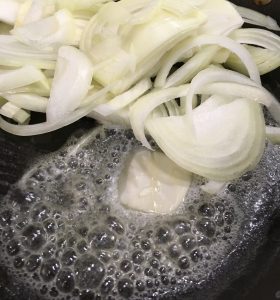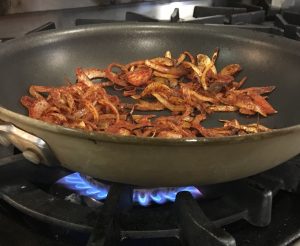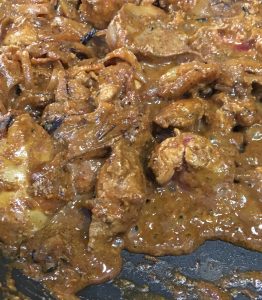 Traditionally, we don’t do a lot of roasting in Sri Lanka — too hot, I suspect! But here in Chicago, as it gets cooler out, roasting is a nice, easy option; it takes time, but very little effort. And if you prepare a spicy curry sauce separately, this method lets you adjust spice levels easily to the taste of your guests (or kids). The lamb itself is flavorful but not spicy; the potatoes ditto. The sauce adds a nice kick of heat for those who enjoy it!
Traditionally, we don’t do a lot of roasting in Sri Lanka — too hot, I suspect! But here in Chicago, as it gets cooler out, roasting is a nice, easy option; it takes time, but very little effort. And if you prepare a spicy curry sauce separately, this method lets you adjust spice levels easily to the taste of your guests (or kids). The lamb itself is flavorful but not spicy; the potatoes ditto. The sauce adds a nice kick of heat for those who enjoy it!
Lamb:
3-4 lb. boneless lamb leg or shoulder
2 tsp. ground ginger
2 t. garlic powder
2 tsp. roasted curry powder
1 tsp. turmeric
1 tsp. salt
1 tsp. black pepper
1/2 c. vinegar
Potatoes:
dozen cloves garlic (unpeeled)
3 onions, coarsely chopped
3 lbs. new potatoes, in roughly 2 inch cubes
1-2 t. salt
1 t. black pepper
2 t. mustard seeds
2 t. cumin seeds
2 T vegetable oil
Curry sauce (optional):
2 T butter
1 t. red chili powder
2 T ketchup
1 t. salt
1 c. coconut milk
1 c. water
1. Mix spices for lamb together. Pierce the lamb all over with a fork or skewer and marinate in spices and vinegar for 2-4 hours. (I find this easiest to do in a plastic bag, turning periodically.)
2. Preheat oven to 450 F. Mix garlic cloves, onions and potatoes in a large roasting pan with the vegetable oil; rest lamb on top, fat side up.
3. Roast 15 minutes, then reduce heat to 350 degrees and roast until internal temperature reaches 135-145 degrees (for medium-rare or medium meat), about another 60-90 minutes.


4. Remove meat to a carving board and let rest 10 minutes, then slice and serve with the potatoes and onions.
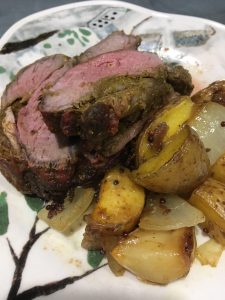
5. While resting, if you’d like, you can make a curry sauce. Put roasting pan on stovetop burner, add butter, chili powder, ketchup, salt, coconut milk, and water. Stir and bring to a boil, then keep stirring and cook down until it makes a nice sauce, about 5 minutes. Pour into a gravy boat or measuring cup with spout and ladle over meat and potatoes. Enjoy!
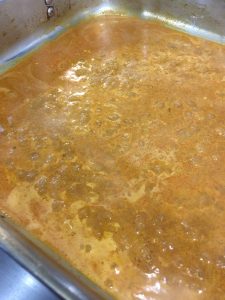
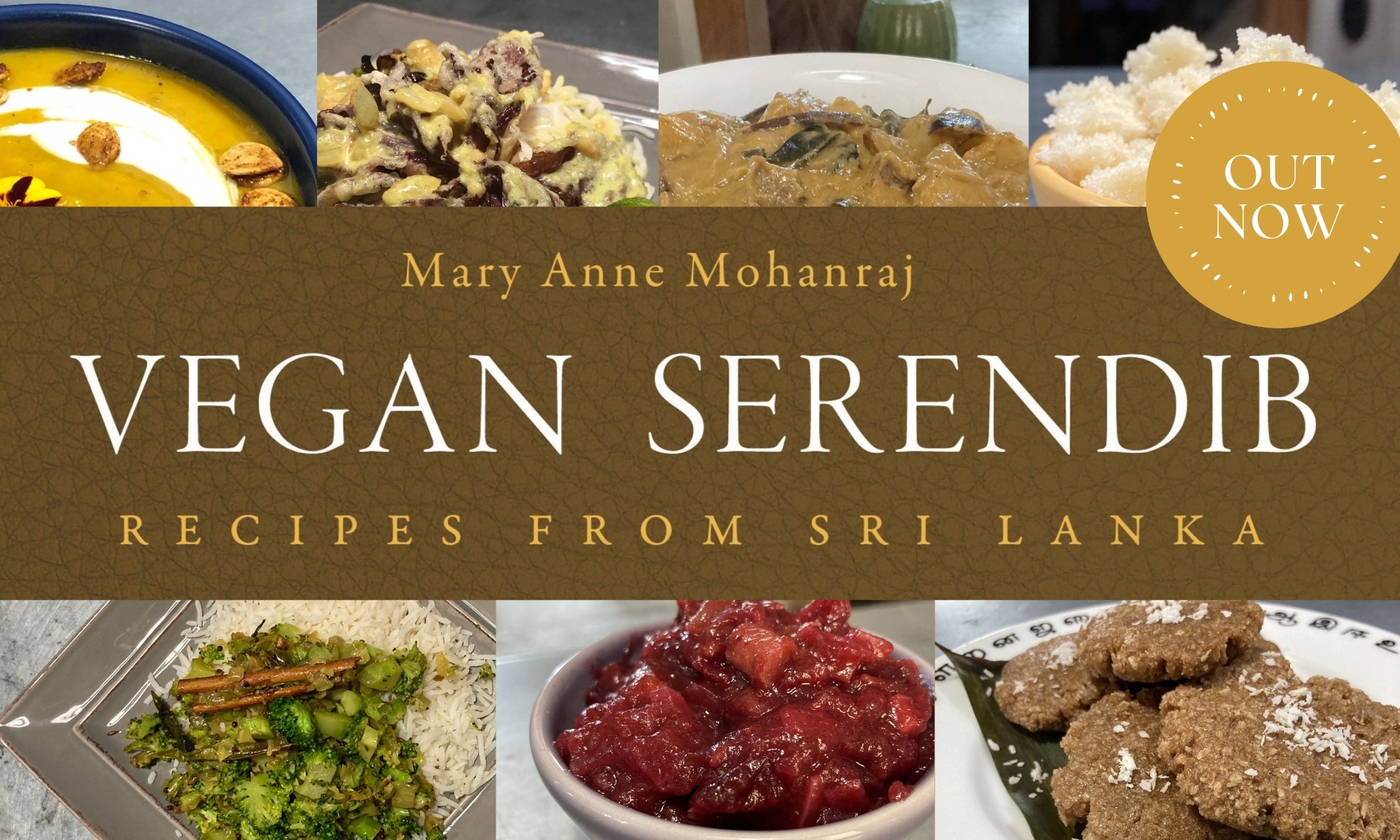



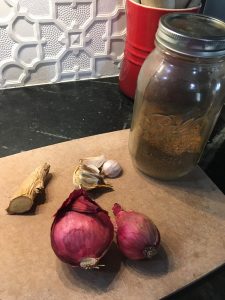
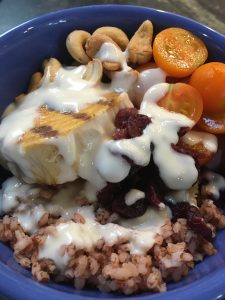 Experimenting with yesterday’s Sri Lankan spiced swordfish. Made a quick drizzle (1 T yogurt, 1 T lime juice, 1 t. honey), cooked some healthy Sri Lankan red rice (similar to brown rice, with a lovely nutty flavor), and stirred in some salted, roasted cashews, dried cranberries (sultanas would be more traditional, but I love the added tang from the cranberry), and fresh summer cherry tomatoes.
Experimenting with yesterday’s Sri Lankan spiced swordfish. Made a quick drizzle (1 T yogurt, 1 T lime juice, 1 t. honey), cooked some healthy Sri Lankan red rice (similar to brown rice, with a lovely nutty flavor), and stirred in some salted, roasted cashews, dried cranberries (sultanas would be more traditional, but I love the added tang from the cranberry), and fresh summer cherry tomatoes. I didn’t actually eat the whole chive blossom in my pho — but I could’ve. 🙂
I didn’t actually eat the whole chive blossom in my pho — but I could’ve. 🙂
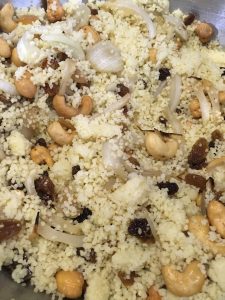

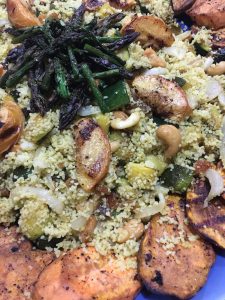
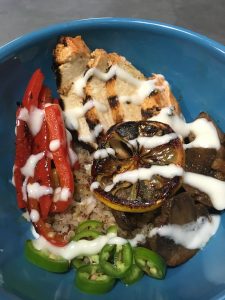 These fancy bowl things have long names. Another yummy experiment, and only about 30 minutes to make (assuming you pre-marinated the chicken in a tandoori-spiced yogurt earlier in the day).
These fancy bowl things have long names. Another yummy experiment, and only about 30 minutes to make (assuming you pre-marinated the chicken in a tandoori-spiced yogurt earlier in the day).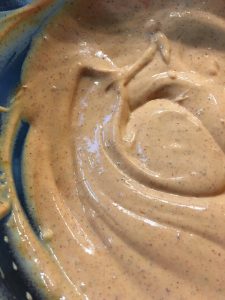
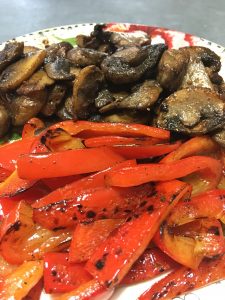


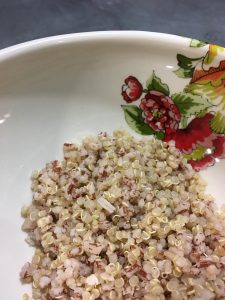

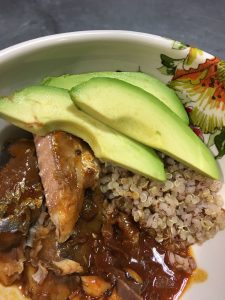
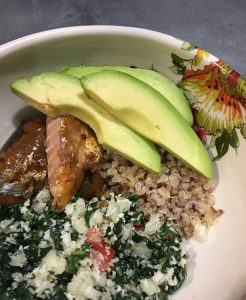
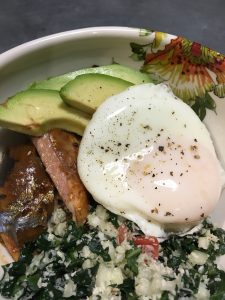
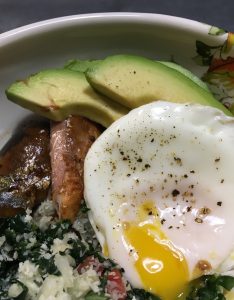
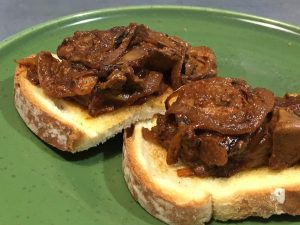 Note to self — on a day when you had a fair bit of blood drawn (routine check-up stuff, not to worry), maybe it’s not the brightest choice to a) eat lightly and then b) go workout with the trainer at the gym. I had to sit down partway through because I got light-headed! It’s all fine; a few minutes of rest put me right.
Note to self — on a day when you had a fair bit of blood drawn (routine check-up stuff, not to worry), maybe it’s not the brightest choice to a) eat lightly and then b) go workout with the trainer at the gym. I had to sit down partway through because I got light-headed! It’s all fine; a few minutes of rest put me right.